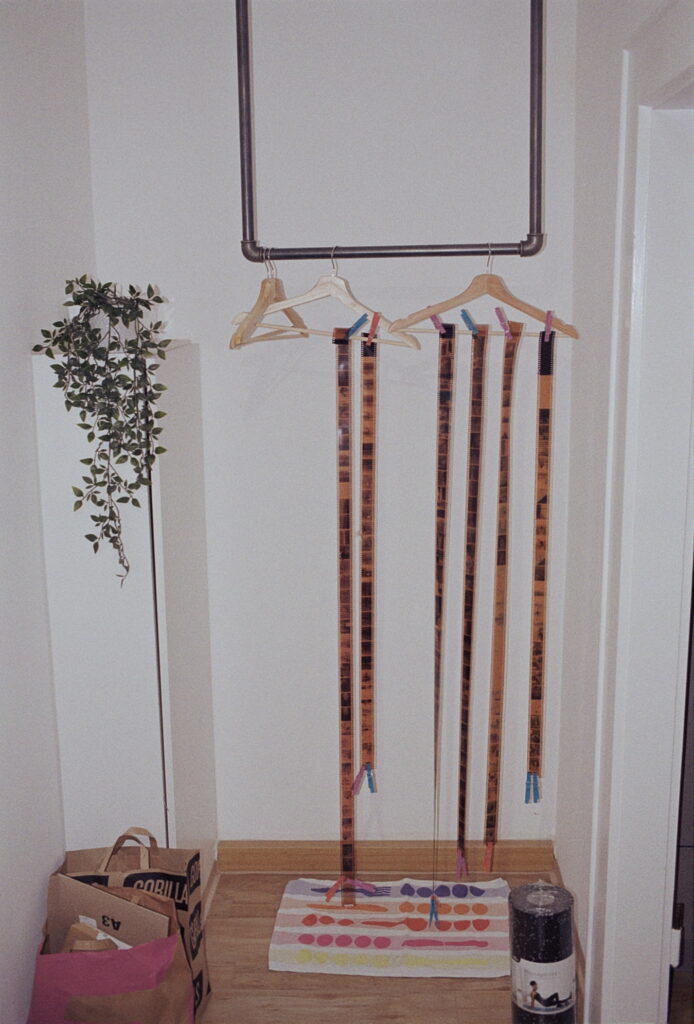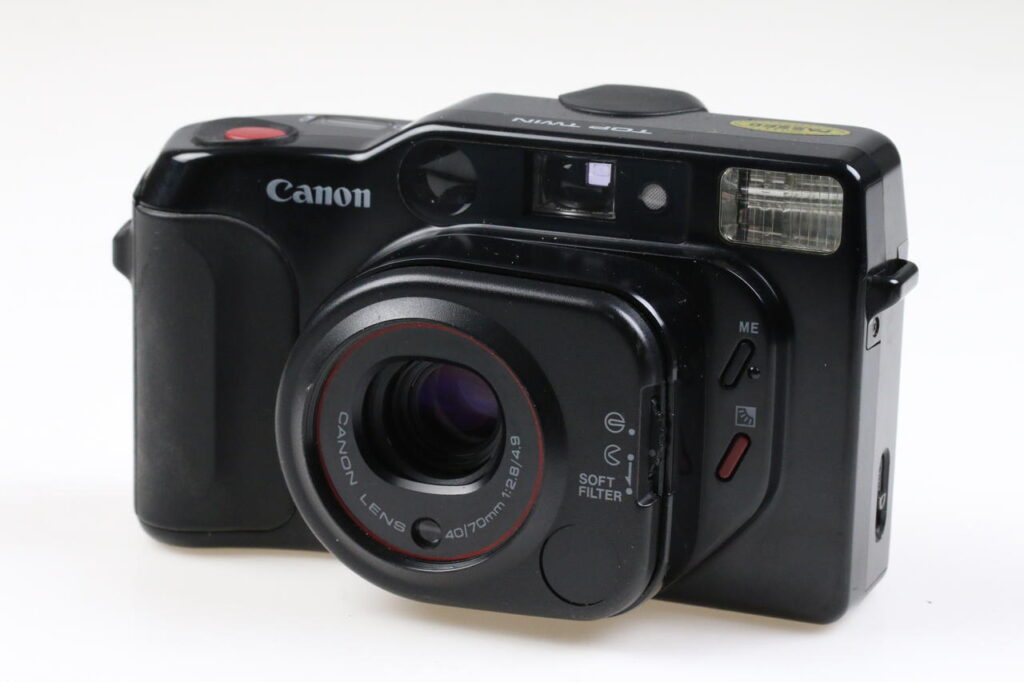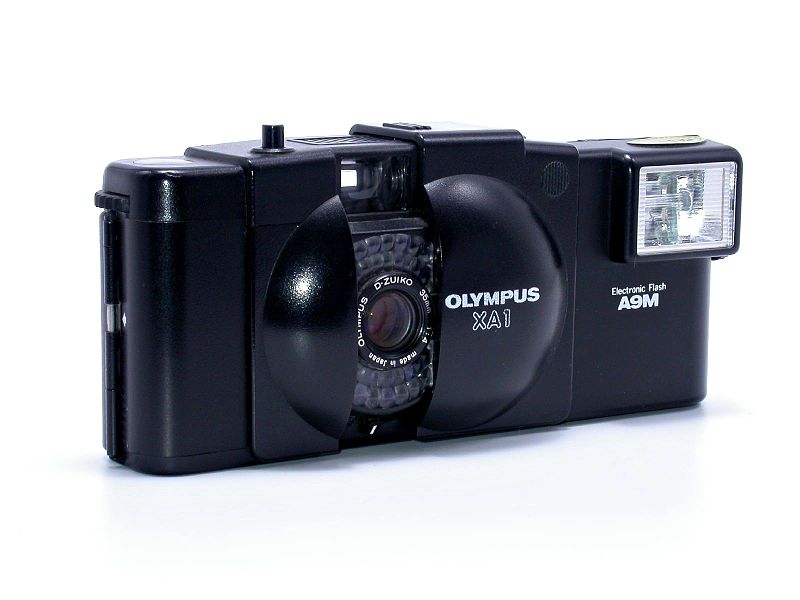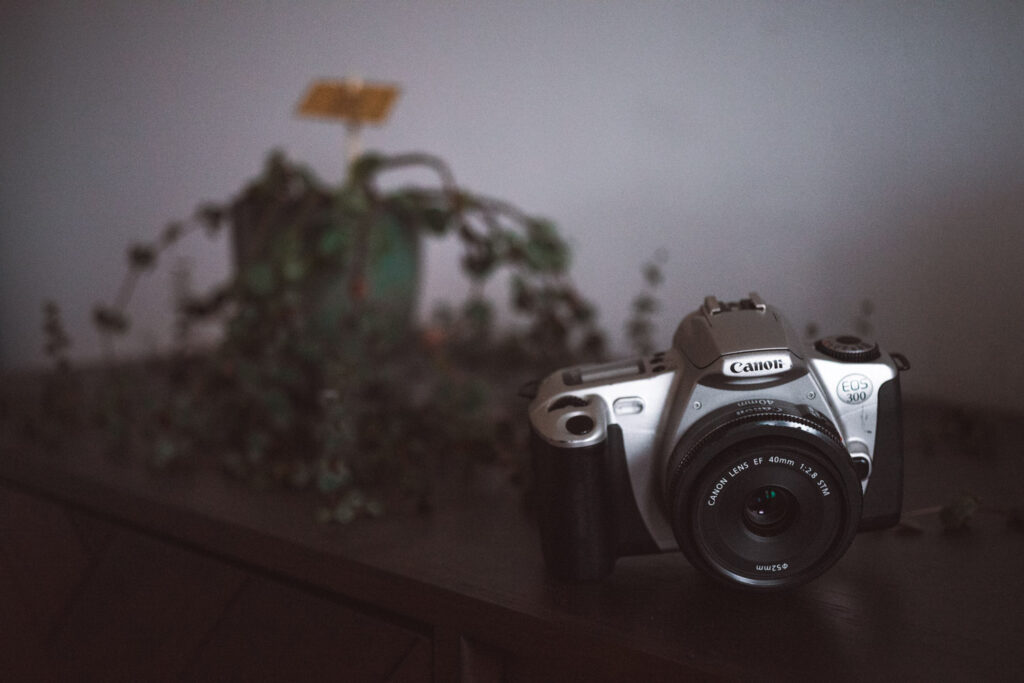Why recycling photographic film is difficult
Long story short, photographic film can hardly be recycled ecologically worthwhile. While film cameras are pretty sustainable, and can be reused and resold many times without causing pollution and consuming materials, it is a totally different case for the photographic film used. According to Kodak, there are possibilities to recycle old negatives, but finding a facility near you is pretty hard. In municipal recycling, for example, film negatives won’t be accepted. According to our online research, one of the few companies that offer to recycle photographic negatives is Green Disk. However, they accept black-and-white films only! Take a look at their site under services to see the cost of their mail-in service.
So if you are currently standing in front of a pile of old negatives and are questioning yourself about what to do, make sure to read on to find the right solution. Because as so often, there are a few things to consider here, and not everything is black and white. Let’s first have a look at what photographic film is made of and at the differences between developed and undeveloped films.
Which materials are photographic films made of?
No matter if it’s 35mm, 120mm, or any other film format, the main two components the film base is made of are either Triacetate (TAC) or Polyester (PET). On top of this film base is a light-sensitive coating, called the film emulsion. It consists mainly of silver halide crystals dispersed in gelatin. PET could definitely be recycled, but what to do with other silver halide crystals? Here comes the differentiation between developed and undeveloped films into play.
What is the best way of disposal for a developed film?

During the processing and development, the light-sensitive elements will react with the developer, and afterwards, the bleach and fixer will remove all the unexposed silver halide crystals. This means already-developed films hardly have any toxic materials in them, comparable to other materials such as household cleaners. As B/W films usually have a bit more silver in their materials you might be able to find a recycling service such as GreenDisk for those, but all other developed films can easily be thrown away into the trash bin at home.
You might want to ask what happens to the toxic materials in the developing chemicals. The answer is, that labs have a process in place in order to retrieve the silver. In case you develop at home, keep on reading as I will address that later on. If you develop at home, you would need to find a company that offers such recycling services.
What is the best way of disposal for an undeveloped film?
As the silver halide crystals are still in the film emulsion before development it is nearly impossible to recycle it on your own by using a facility nearby. The silver halide crystals do not biodegrade and are harmful to the environment, so it is advised to not put them in a recycle bin. The best option is to look for a specialized facility online.
How to Dispose of your own Photo Chemistry?
As mentioned earlier, if you just usually go to your local lab to drop off, or collect your negative films this is not a question to worry about, the lab will take care. As a registered business they are legally responsible for the disposal of used film-developing chemicals through a licensed disposal service.
So in case you develop the film on your own, ensure that you know the local rules and regulations on that. For example, most facilities have specific waste collections that you can make use of if you fall below certain thresholds of waste generation. Make sure to contact your local POTW (Publicly owned treatment works) in order to check the options in place. You should avoid dumping the used chemicals down the drain or throwing them in your regular trash before being clear on the local regulations.
It is also pretty helpful to check the manufacturers’ guidelines on waste disposal, for example, the Kodak or Ilford homepage.
6 Awesome Ways to reuse Photographic Films or Cartridges
After learning about the difficulties in film recycling you may want to decide to avoid the hassle altogether. But hold on, don’t just let them lay around in your lockers. Here are 6 tips and ideas to make use of your old film photography remains.
1. Sell your undeveloped or expired film stock
Yes, you heard right, you can still sell your film stock and turn it into money. This goes especially for undeveloped and expired films. Many photographers nowadays are crazy about finding that one specific stock that hasn’t been produced for years. As the silver halids we talked about before slowly start to degrade, the outcome of an expired film is becoming more and more uncertain. The expired film often gives unique effects like color shifts, increased grain, or changed sensitivity and contrast. Some film stocks are pretty sought after, so head over to eBay and check the prices for expired film, you could be surprised how much value your old film stock still may hold.
2. Shoot the undeveloped or expired film yourself
Probably one of the most fun options is to load the old negative film into your analog camera and shoot it yourself. Get inspired by one of the expired film groups over at Flickr and see how capable some decades-old film stocks still are. If your film stock is undeveloped but already exposed you could still give it a try and see what the outcome is. Some double exposures can turn out pretty neat. See some more examples here.
3. Pass them on to your family members
People often find huge amounts of negatives and film photography remains in the cellar of a deceased family member. Before thinking about the best disposal strategy it often makes sense to see if there is still someone around that would be happy to have them. Old friends or distantly related family members might be happy over the many memories captured on those negatives.
4. Upcycle your remaining negatives
Try to get artsy and make use of your old negatives in a creative way. You can search the internet to find lots of interesting DIY projects such as lampshades, candles, or hanging bookshelves. Take a look at the art from upcycling artist Nick Gentry and get inspired. But it’s not only negatives, a lot of times you will also still have empty film cartridges laying around. Film canisters are another pretty cool item to get creative with. Craft some Cartridge key chains for all of your friends or get inspired by other ideas on Etsy.
5. Donate them
If you got your hands on some very old pictures that might have historical value, you can also try to donate them. Often municipalities gladly take such historical materials. You could also try your luck with schools, historical societies, or museums that specialize in photography or any related niches. Also, make sure to check out the guys at the filmphotographyproject.com, they are running a donation program for all film photography-related stuff. Through the generosity of their community, they are able to provide students and aspiring photographers with all types of film-related gear. Find out more on their Donation page.
6. Gift them to someone whos searching
Even if you don’t see any value in them, there could be people out there that do. Try your luck on platforms such as freecycle.org or search online for bloggers, artists, or others that can make use of them.



